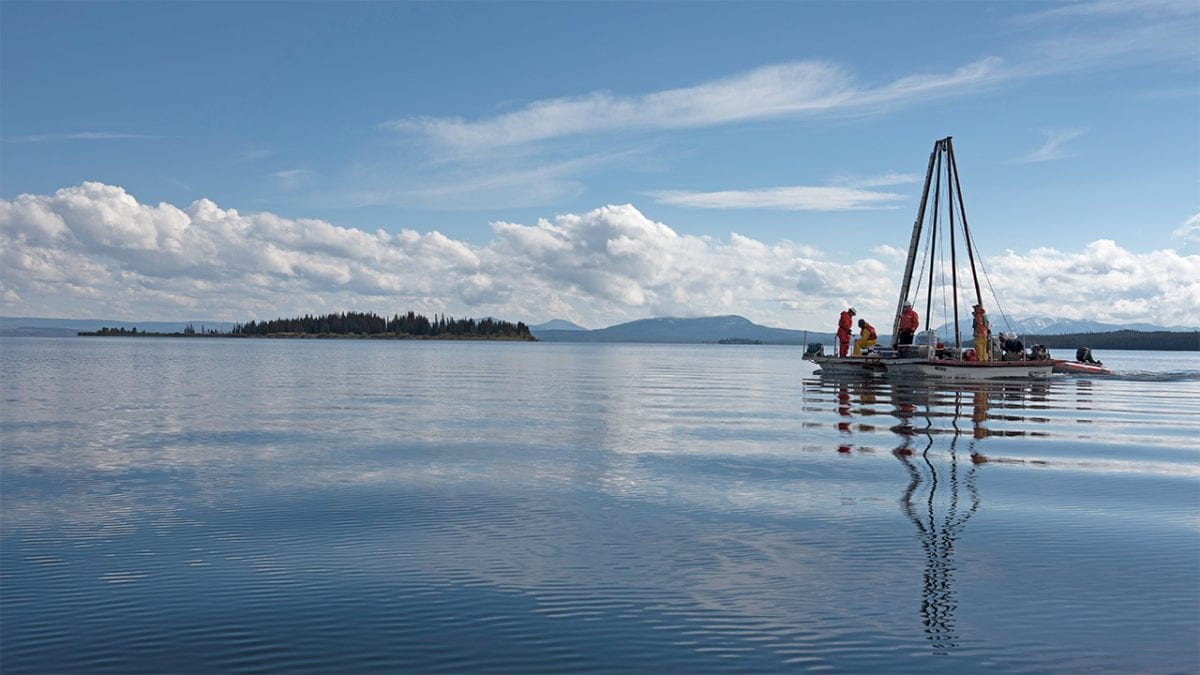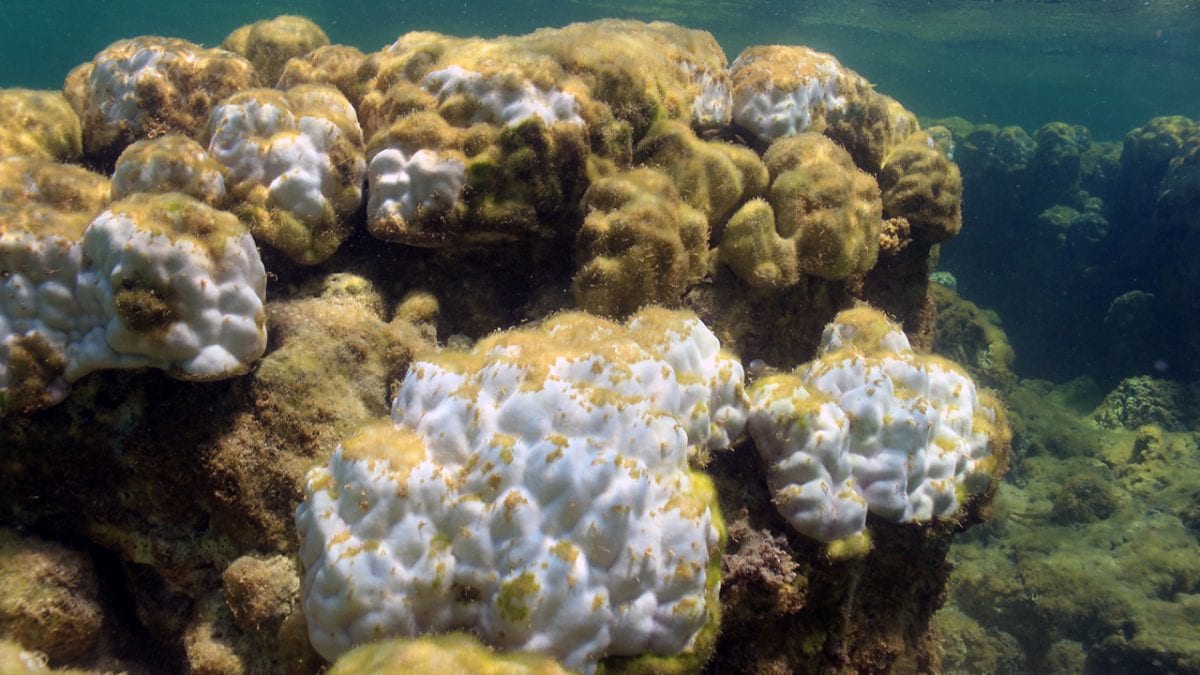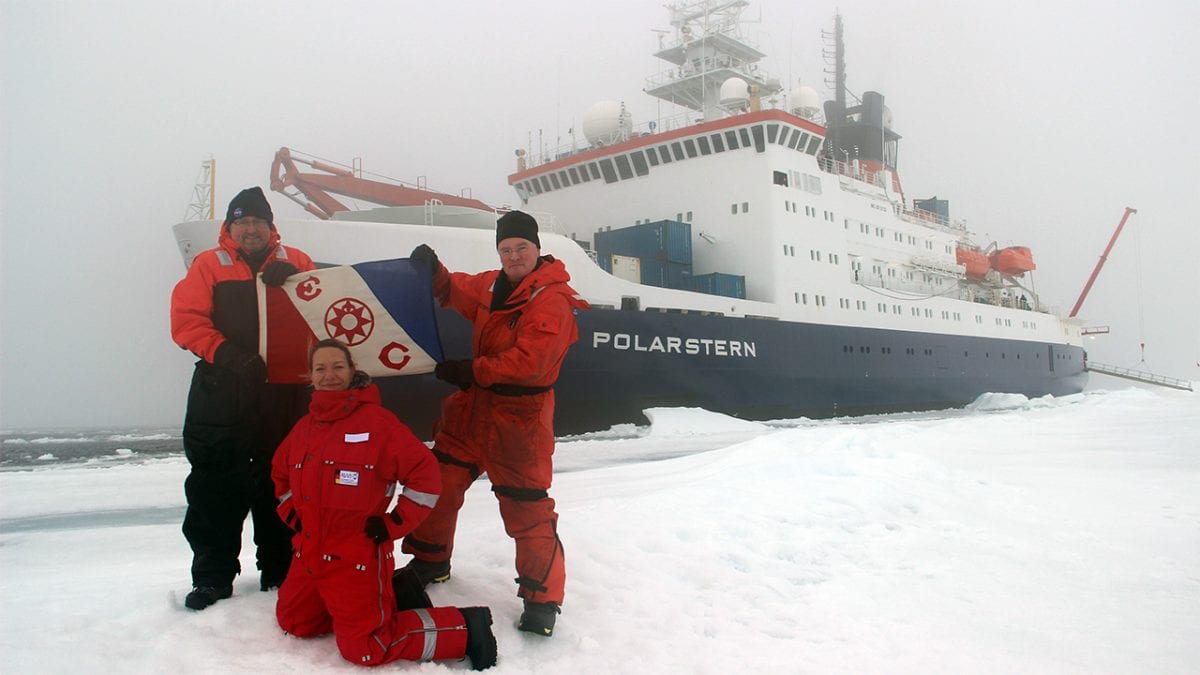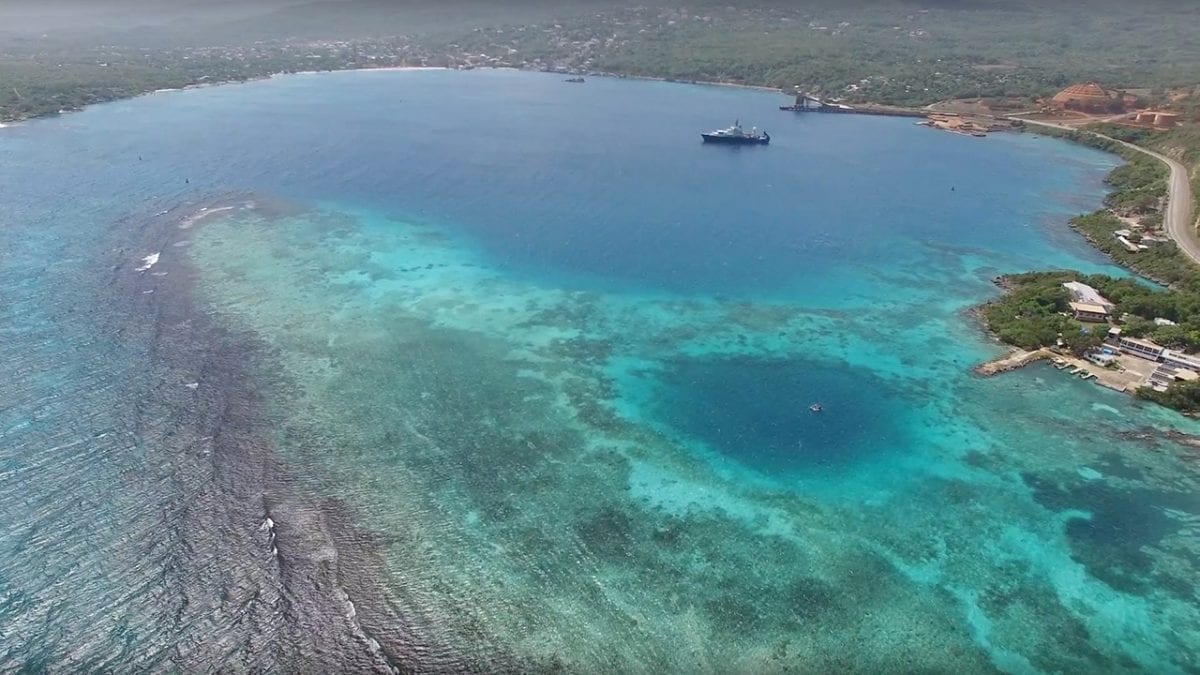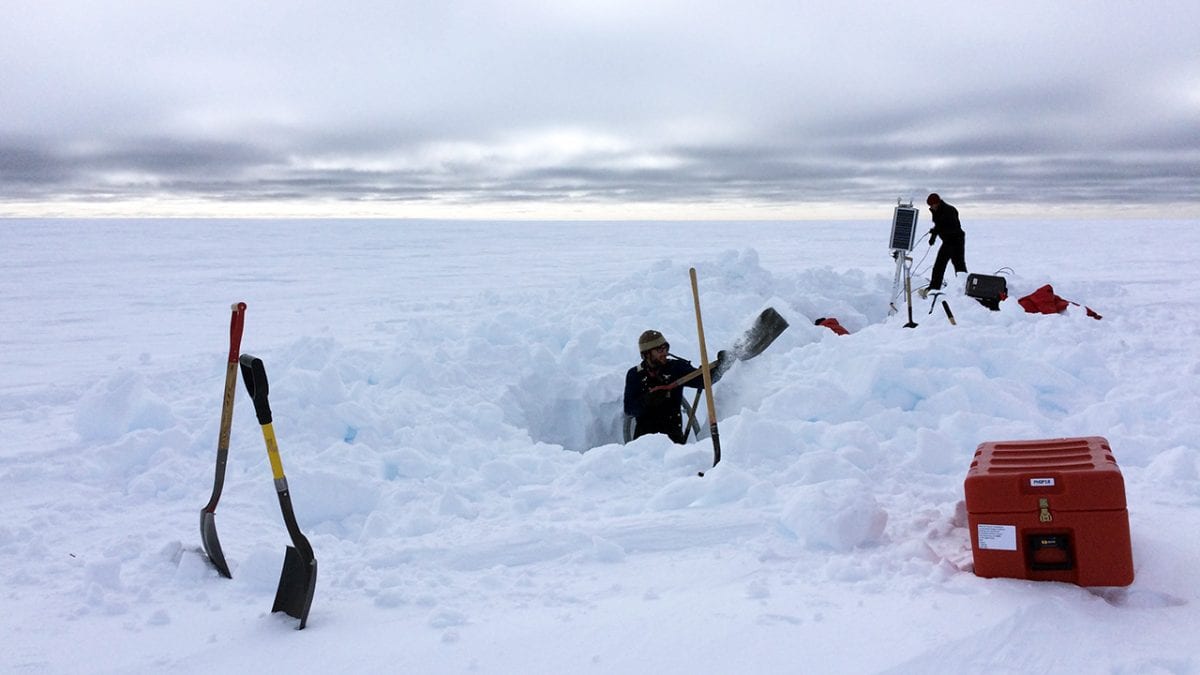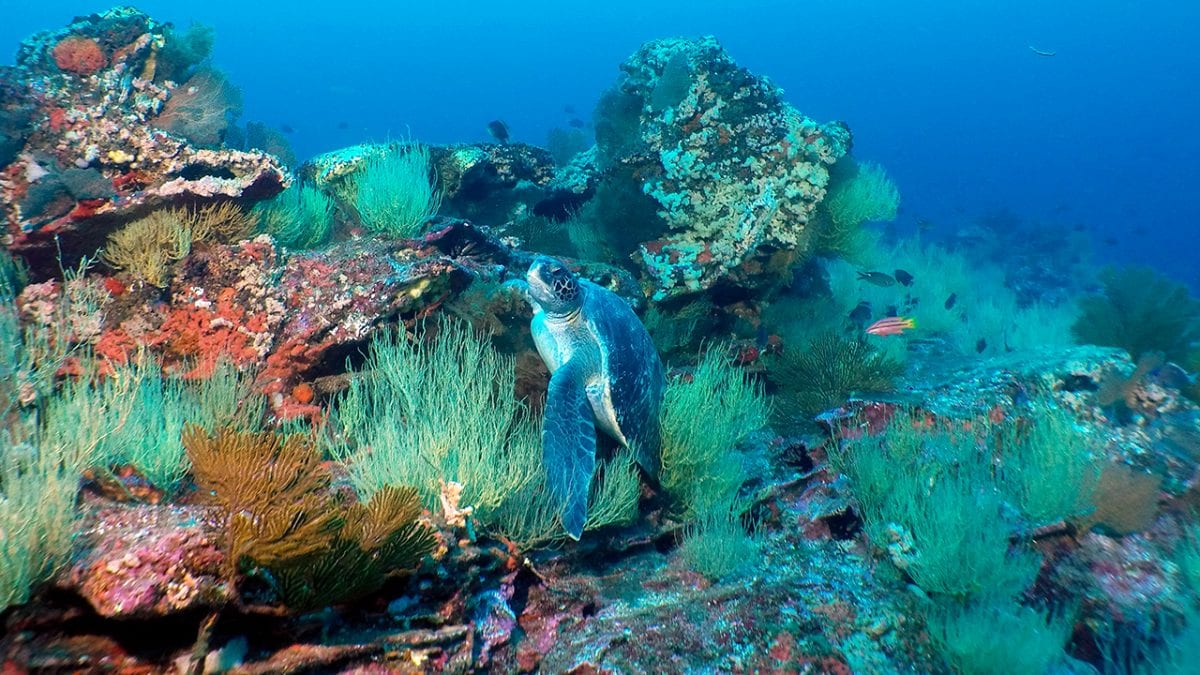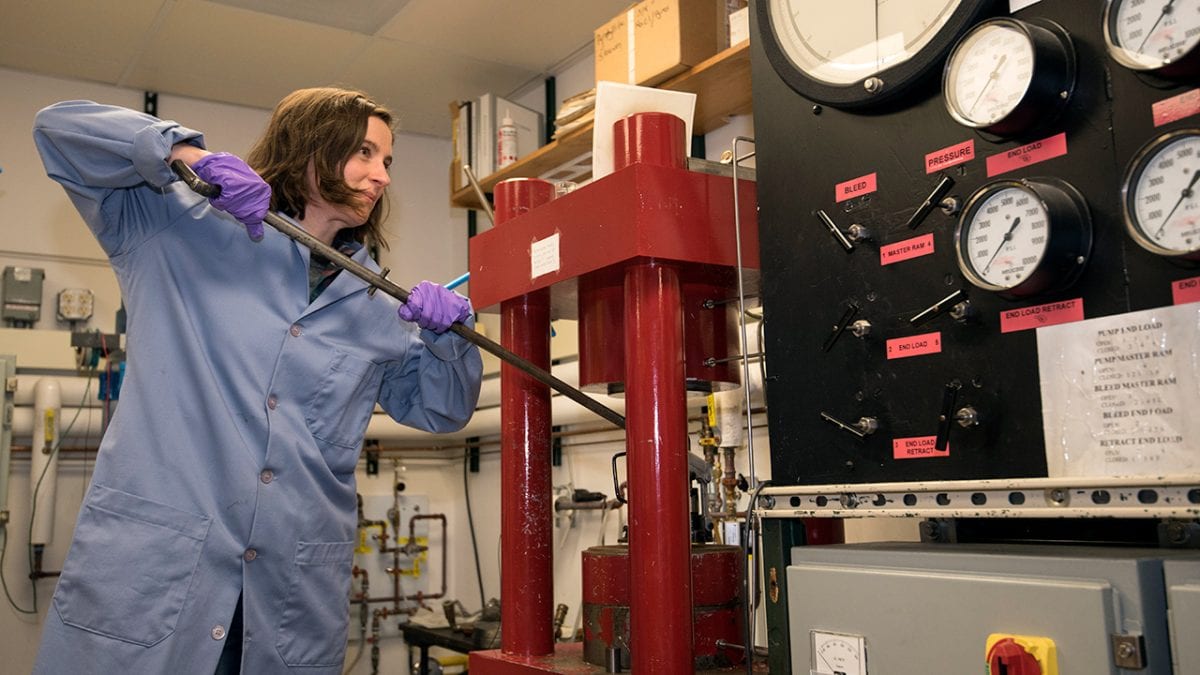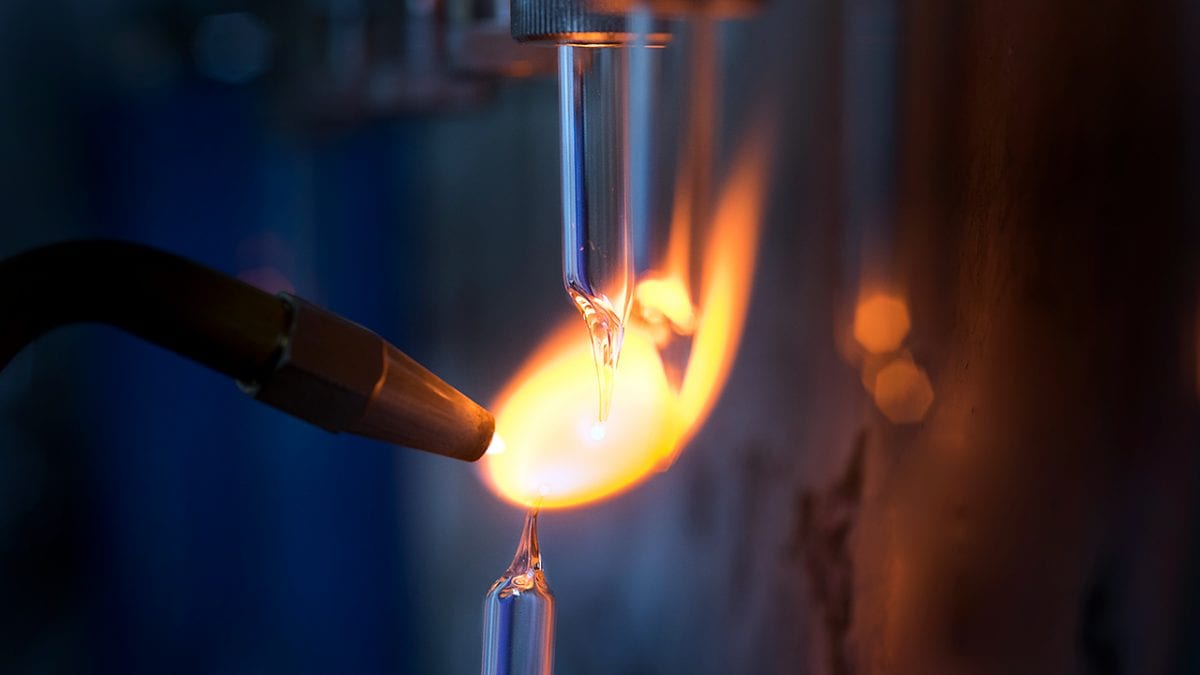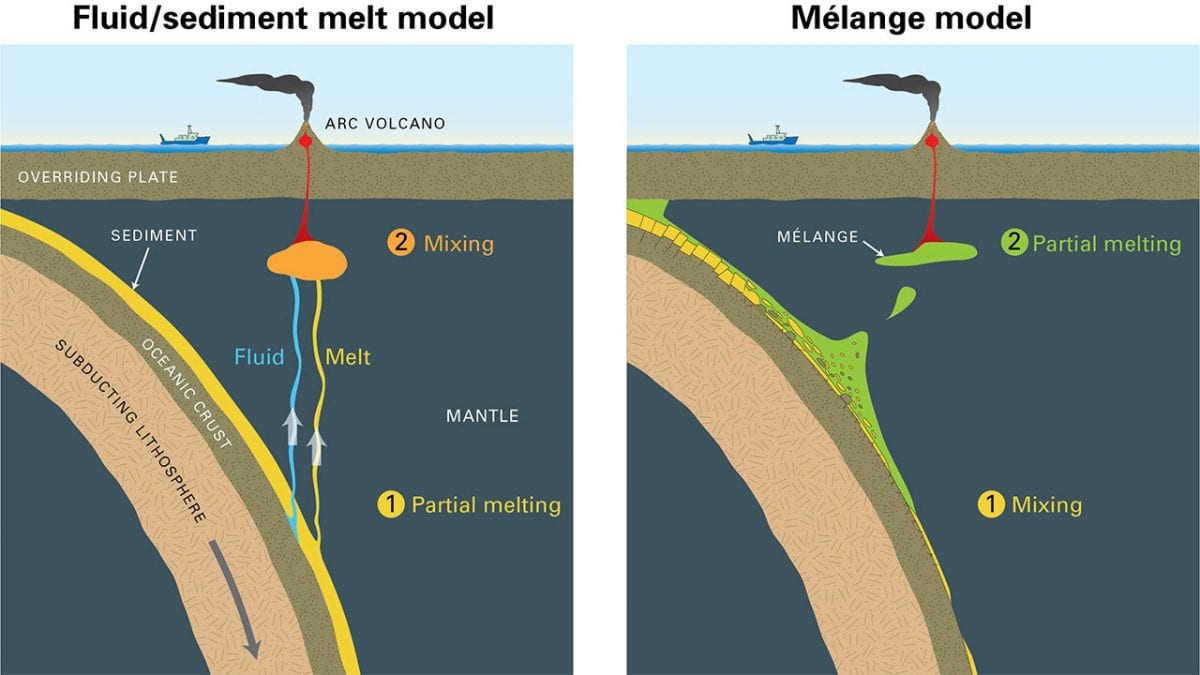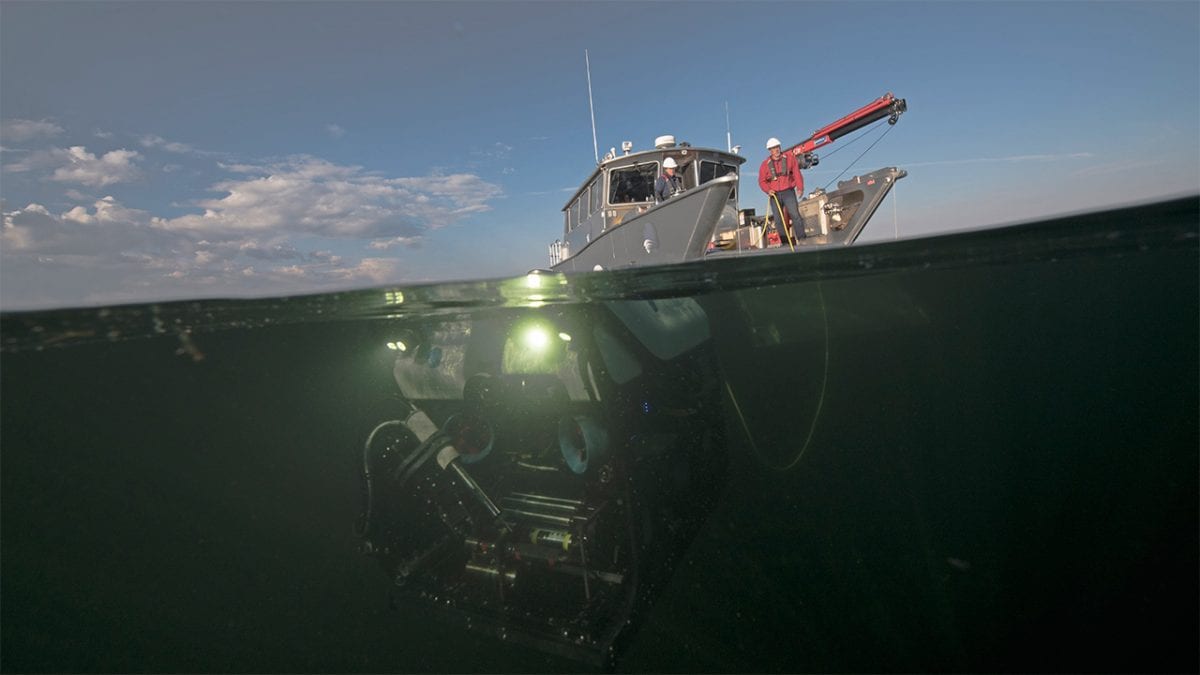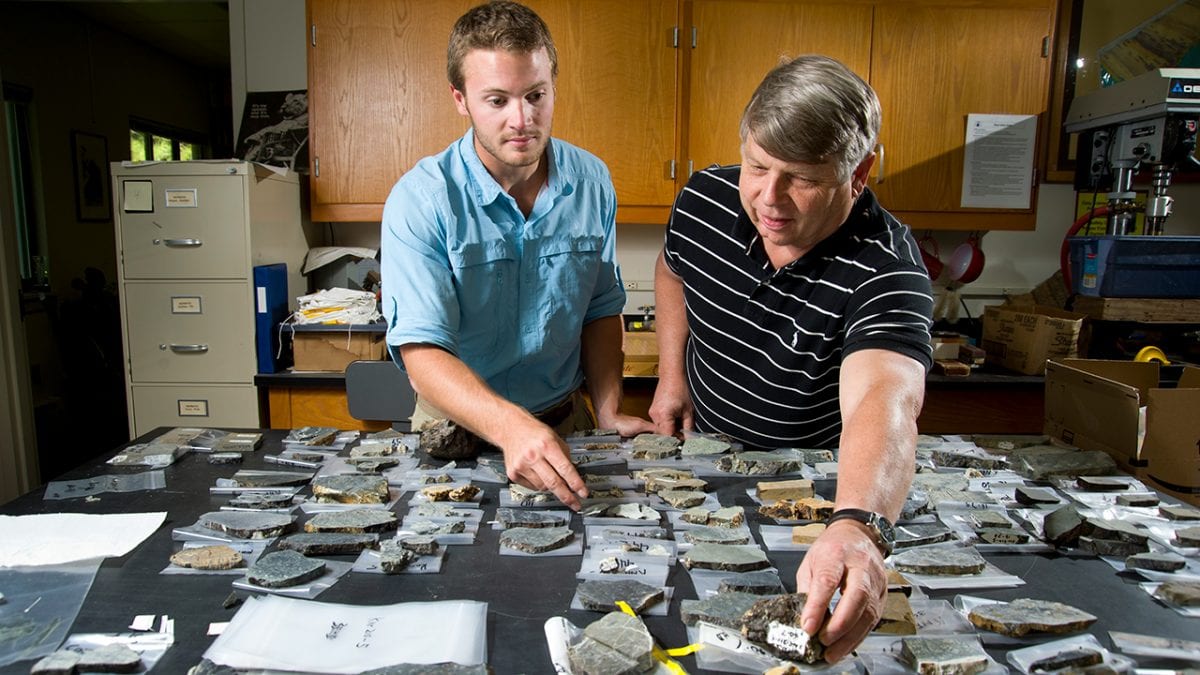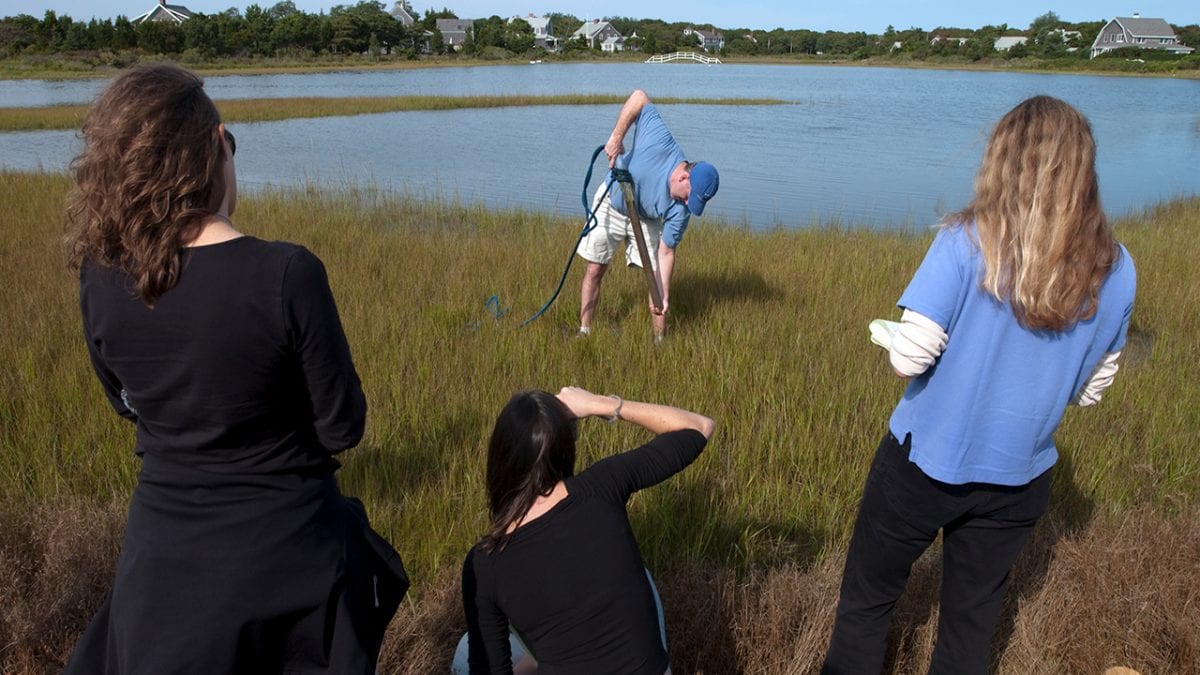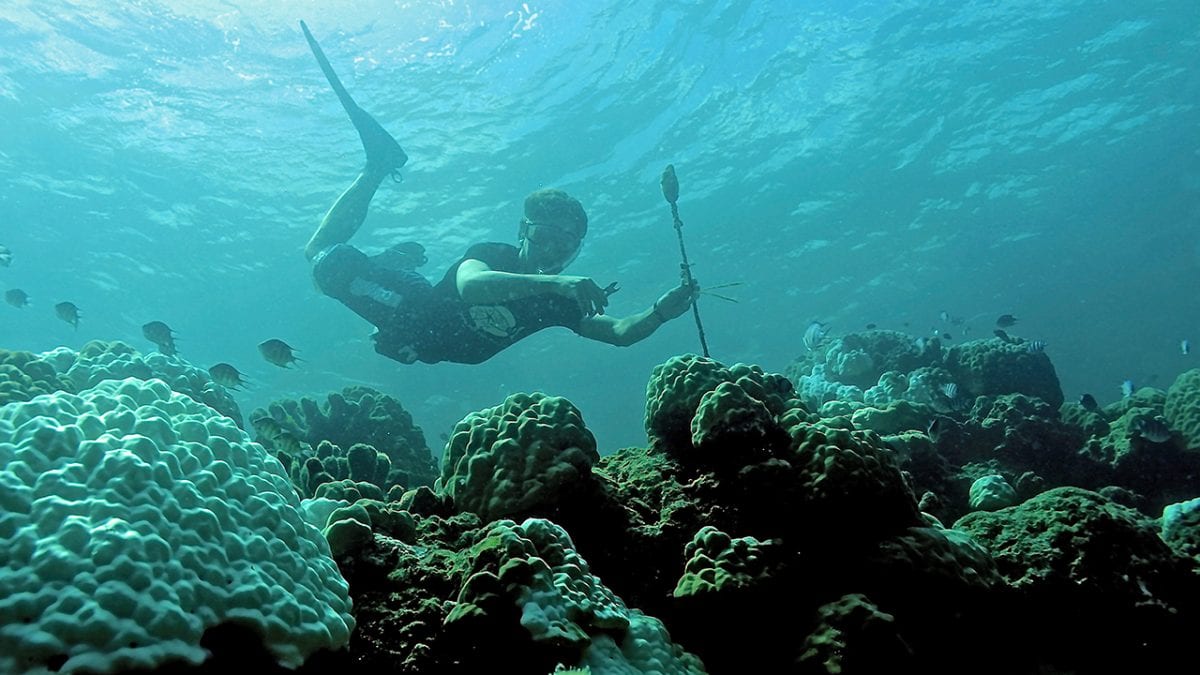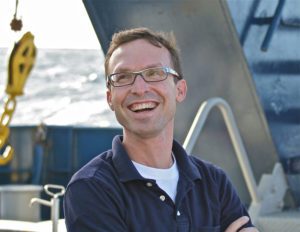Geology & Geophysics
The Department of Geology and Geophysics (G&G) conducts research aimed at furthering our understanding of the dynamic processes of the Earth/Ocean/Atmosphere system, including connections between the solid earth, oceans, and cryosphere. We study the role of oceans in controlling Earth’s climate using natural archives such as sediments, corals, ice cores, tree rings and shark denticles to understand past climate and use numerical modeling to project that understanding into the future. We study a range of coastal processes, including variability of storminess through time and the impacts of climate change and storms on coastal regions. We study the dynamics of the solid earth, including the formation of oceanic plates at mid-ocean ridges, the return of those plates into Earth’s mantle at subduction zones, crustal formation that transfers minerals and gasses from the solid earth to the oceans and atmosphere at those plate boundaries, and the earthquakes that occur at all plate boundaries. We study a wide range of fluid-mediated processes, including those occurring at hydrothermal vents, at shelf-edge seeps and in subduction zone settings; and we study links between fluid flow, microbial activity and the subseafloor biosphere, which together exert strong controls on global geochemical fluxes. We also study how all of these systems on Earth might be expressed on other planets and moons, possibly creating conditions for life on other ocean worlds.
The Department today consists of about 30 Ph.D. level Scientific Staff and another 26 Technical Staff (many of whom hold Ph.D. degrees). In addition, there are about 20 graduate students pursuing their Ph.D. through the WHOI/MIT Joint Program and roughly 11 Postdoctoral Scholars, Fellows and Investigators.
The Scientific and Technical staff carry out research that involves sea-going deployments of instruments built in house; laboratory studies using high precision analytical facilities; and theoretical and computational studies of ocean and climate processes and geodynamics.
The G&G Department provides many of these capabilities to the broader scientific community by hosting national facilities, including the National Ocean Sciences Accelerator Mass Spectrometry Facility (NOSAMS), the Northeast National Ion Microprobe Facility (NENIMF), the national Ocean Bottom Seismograph Instrument Center (OBSIC), and the WHOI Seafloor Samples Laboratory.
Dan Lizarralde
Department Chair
Geology & Geophysics Department
Meet the Chair
Academics
- Programs
- Student Research
- Through the Porthole
A newsletter by MIT-WHOI Joint Program Graduate Students

